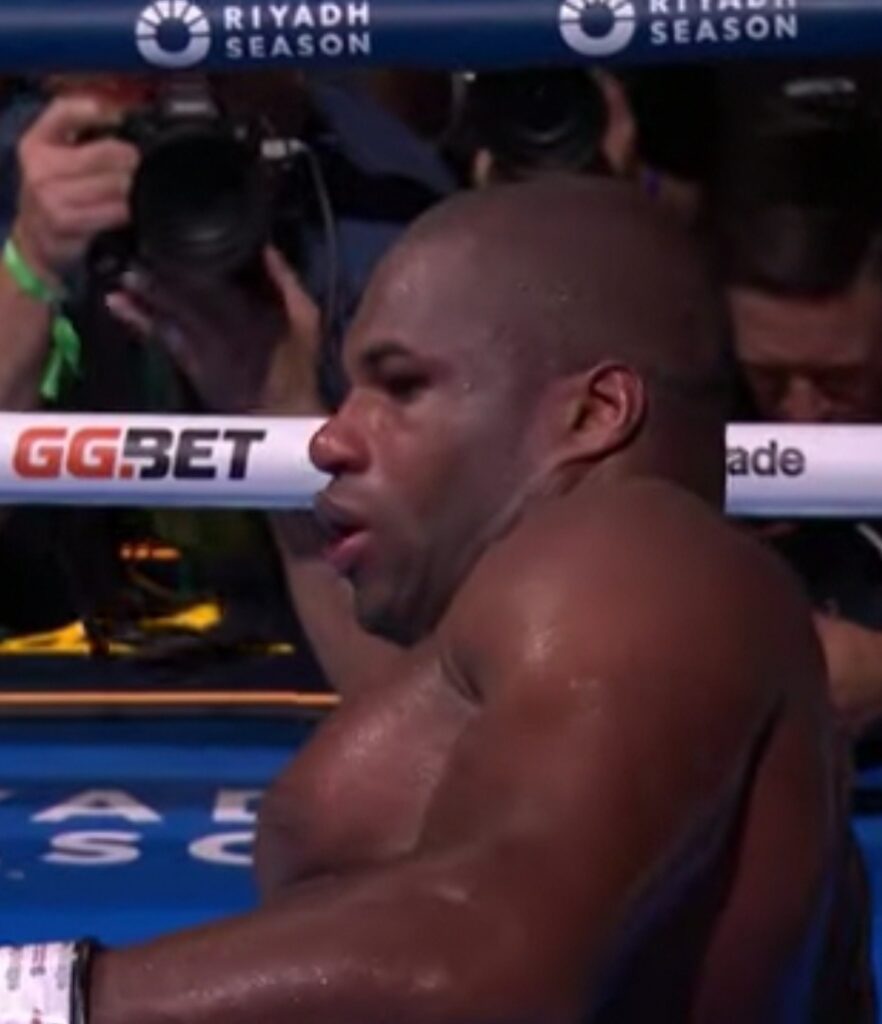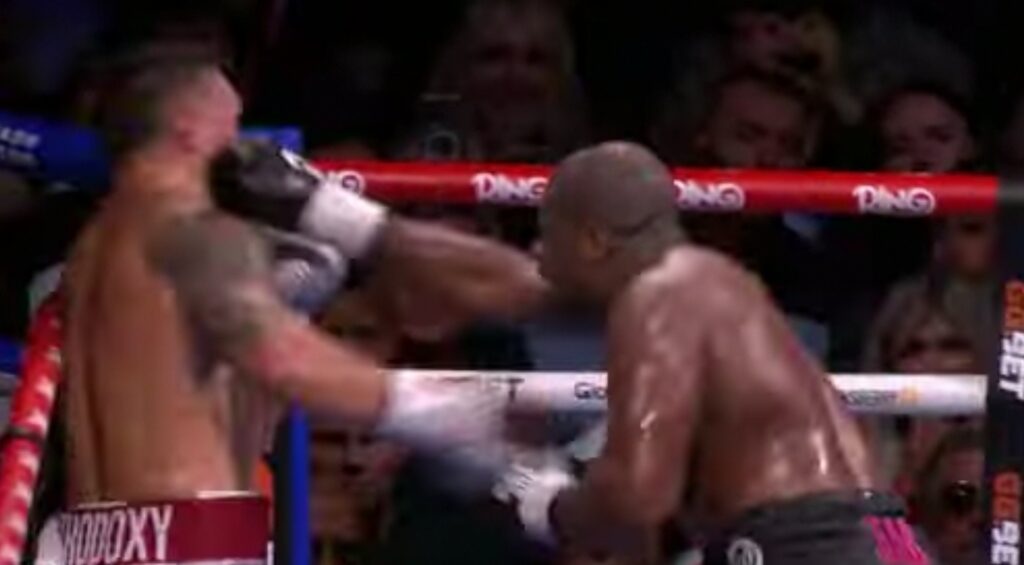In combat sports, physical dominance is only half the battle. True mastery belongs to fighters who can manipulate their opponent’s mind—creating openings not with brute force, but with cunning misdirection. One of the most advanced techniques is the use of feigned vulnerability, where a fighter pretends to be rocked, hurt, or staggered, only to counter-attack as the opponent drops their guard. This approach isn’t just about technique—it’s about understanding the neurological rush of aggression and exploiting the fleeting “sweet spot” when an opponent’s adrenaline and dopamine spike, clouding their judgment in the heat of battle.
The Science of the “Trap”
When a fighter senses an opening, their brain floods with dopamine and adrenaline—a rush that rewards risk-taking and attack. It’s the same psychological mechanism that drives retail traders to chase a “big candle” on the forex charts, only to be trapped by a fakeout. In the cage or ring, the most dangerous moments often come when a fighter believes they’ve landed a fight-altering blow, only to realize it was a set-up—a feint designed to lure them into a reckless attack, which is met with a devastating counter.
Case Study: Derrick Lewis vs. Tallison Teixeira (UFC, July 12, 2025)
Derrick Lewis stunned Tallison Teixeira with a rapid TKO just 35 seconds into the opening round. Lewis, known for his patient, even nonchalant stance, often baits opponents into overextending, then detonates with fight-ending strikes. Lewis allowed Teixeira to press forward, appearing momentarily vulnerable, dramatising the impact of Texeira’a strike, before countering with a devastating right hand—capitalizing on Teixeira’s momentary drop in defense as he sought to capitalize on his perceived advantage.
Case Study: Oleksandr Usyk vs. Daniel Dubois (Boxing, July 19, 2025)
Oleksandr Usyk’s clinical knockout of Daniel Dubois in the 5th round demonstrates a different, perhaps even more sophisticated, approach to psychological boxing warfare. The bout was tactical in the early rounds, both men carefully picking their shots. However, Usyk—a southpaw with elusive movement—appeared momentarily vulnerable on the ropes as Dubois pressed the attack. Sensing his moment, Dubois surged forward, dropping his guard in pursuit of a finish. Usyk, however, had baited the trap: he countered with a massive blow, momentarily dropping Dubois in a takedown. When the Brit rose, slightly confused, slightly dazed, attempted the doomed offensive again, but was sat down with a knockout and put to bed, when Usyk finished with a left to the jaw, closing the show and retiring Dubois’ mouth guard! The sequence is textbook boxing feint-followed-by-counter: Usyk allowed Dubois to believe he was vulnerable on the ropes, waited for the adrenaline-fueled aggression (the “big candle” moment), then delivered the fight-ending blow.

The Mechanics of the Feint Trap
- Feigned Vulnerability: The fighter intentionally appears hurt, staggered, or off-balance, mimicking the body language of someone who has been rocked.
- Opponent’s Rush: The opponent, sensing victory, experiences a dopamine surge and rushes in, often abandoning defensive fundamentals.
- Set-Up and Counter: The “hurt” fighter is already preparing their counter, often with a loaded rear hand or a step-back maneuver, and times their response to perfection as the opponent overcommits.
Why It Works: The Neurological Edge
When an opponent believes they’ve hurt you, their brain’s reward system kicks in, flooding them with dopamine and adrenaline. This can lead to tunnel vision, diminished defensive awareness, and reckless aggression—the perfect conditions for a counter-strike. It’s not just about physical skill; it’s about manipulating the opponent’s neurochemistry, turning their momentary euphoria into their downfall.
Lessons for Fighters and Coaches
- Patience is Power: The best feints require calm under fire. Fighters must resist the urge to panic and instead focus on luring the opponent into a trap.
- Body Language Matters: Sell the fake with convincing facial expressions, staggered movement, and defensive openings.
- Timing is Everything: The counter must be timed to the split-second when the opponent’s guard is down and their attack is at its most reckless.
- Study the Greats: Analyze fighters like Lewis and Usyk, who have turned psychological manipulation into an art form.
The ability to outthink as well as outfight your opponent is often the difference between victory and defeat. By mastering the art of the feint—leveraging not just technique, but the opponent’s own neurochemical reactions—fighters can turn moments of perceived vulnerability into opportunities for highlight-reel finishes. The recent bouts of Lewis vs. Teixeira and Usyk vs. Dubois stand as modern case studies in the timeless strategy of psychological deception in the ring and cage.



Comments (0)